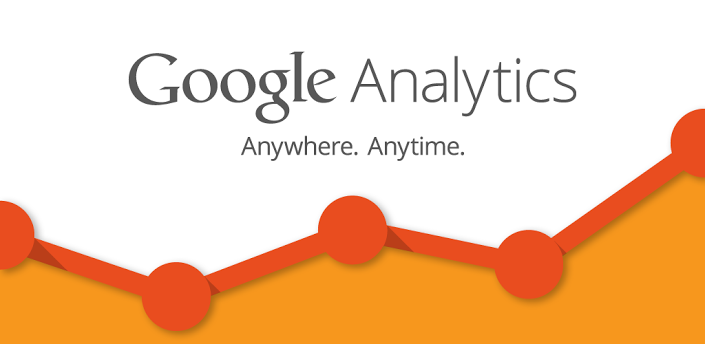
An insight into using Google Analytics for ecommerce
An online store, like any physical store, needs to attract clients and generate sales in order to be a cost-effective and profitable business. But how can you improve your clients’ shopping experience, meet their expectations and make them want to come back again if you’ve never seen these customers? They can possibly come to your website from any place in the world, they can have absolutely heterogeneous needs and wants, and they could have found your store through some channels you might even be unaware of. So how are you supposed to enhance your webstore efficiency if you have no information about your customers?
Google Analytics for ecommerce: what is it used for?
Google Analytics is a free web analytics service that can provide you with extremely important information considering your visitors and their actions on your website. Naturally, this data is essential for:
- Understanding whether your promotional and marketing efforts are successful,
- Gaining an insight into your visitors’ profiles,
- Optimizing your store and increasing conversion,
- Boosting your webstore profitability.
Google Analytics for ecommerce: basic reports
Even though Google Analytics is quite a sophisticated service, you don’t have to start right away with an in-depth analysis that requires you to have a comprehensive knowledge of all the tools. To start out, you may as well try out some basic overview reports as they still give you a great deal of information to consider.
There are several basic report categories in Google Analytics, namely:
- Real-Time,
- Audience,
- Acquisition,
- Behaviour,
- Conversions.
All of the reports, except for the Real-Time one, are provided for the period of the last 30 days by default, but these settings can be changed – you can choose any period of time at your discretion.
Google Analytics for ecommerce: Real-Time reports
You can use these reports to monitor what is going on in your webstore in real time. While looking at the current traffic, you can see:
- How many users are currently present on your website,
- The visitors’ geographic location,
- What pages are currently viewed by the visitors.
You may find these reports especially useful for tracking the immediate response on your promotional activities, such as posting in social media and blogs, emailing, and launching online marketing campaigns.
Google Analytics for ecommerce: Audience Reports
This type of data lets you know who is visiting your webstore. You will know your potential clients’:
- Demographic characteristics, such as age and gender;
- Current location, as well as the language they speak;
- Technology they preferred to use to browse your website (a desktop or a mobile device).
Moreover, here you will see the total number of visitors and viewed pages, the average amount of time a user spends on your website, and some other figures.
Google Analytics for ecommerce: Acquisition Reports
The data shown in this section is crucial as it lets you know how the webstore visitors found your website so that you can focus on the most effective promotion channels and can also get any new ideas of how to attract even more people. In general, you gain an understanding of:
- The information channels that the majority of the webstore visitors used to find you,
- The channels that bring you the most active and engaged customers,
- The channels that bring you the majority of actual buyers.
Google Analytics for ecommerce: Behavior Reports
These reports basically show if the visitors find your website content satisfactory. Here you can see how the customers react on various webstore pages, for example, what is the percentage of people who have left your website after viewing only one page. Therefore, this type of data helps you to find out what improvements can be made in your website content and SEO efforts.
Google Analytics for ecommerce: Conversion Reports
This is probably the most interesting type of report in terms of evaluating your financial success and setting up the future strategy. Here you can learn:
- What products people actually buy from your store,
- How big is the average amount of products per one order,
- How long does it take a customer to complete the transaction.
In other words, here you can gain an insight into the structure of your sales. As the result, you will understand what types of your products are in the greatest demand, and what should be the focus of your further promotional actions.

